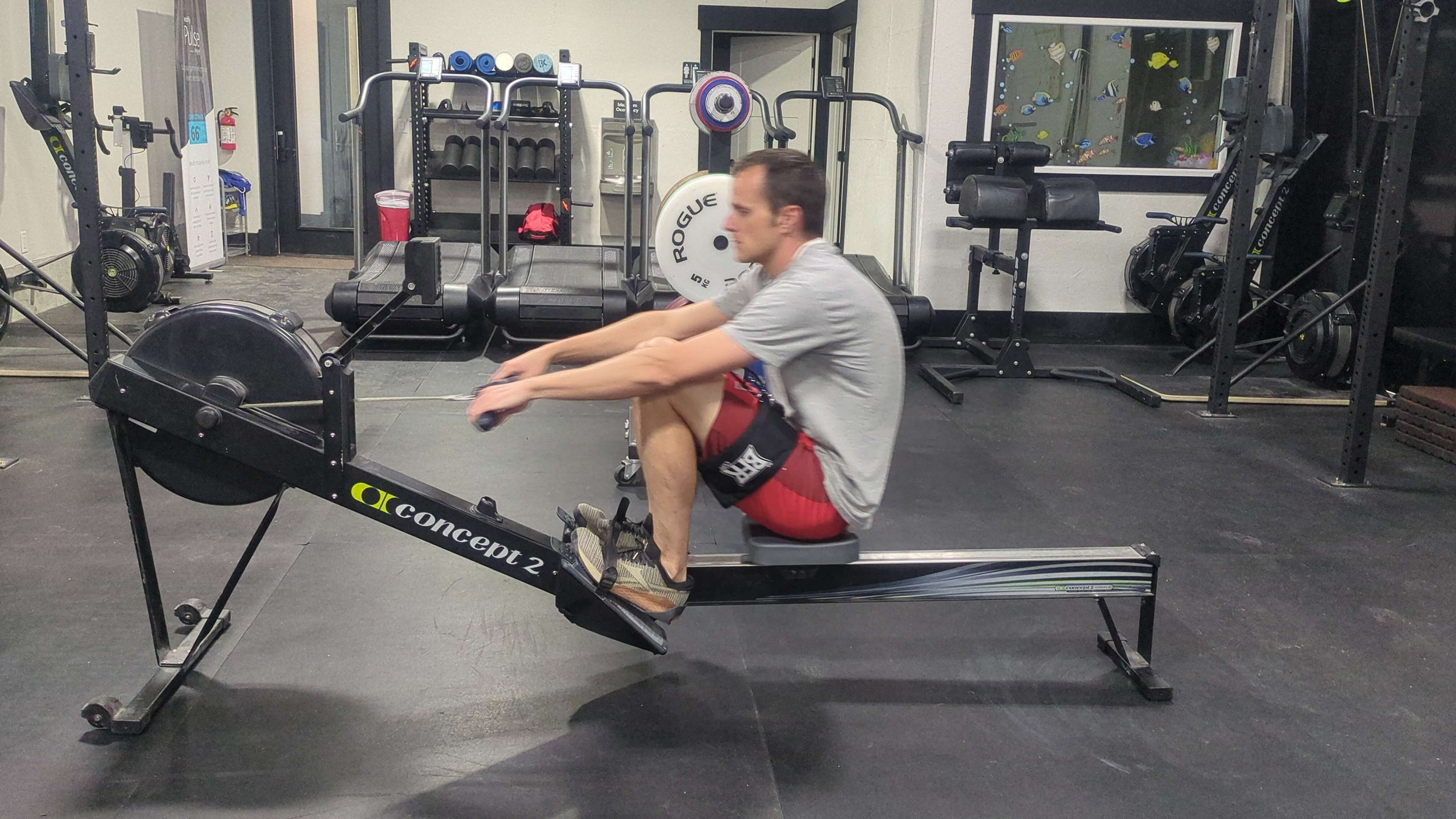BFR vs. Conventional Training in Musculoskeletal Rehab: What the Research Says
Clear, credible science — simplified. Here’s what this new systematic review tells us about the power of BFR training.
Understanding the Study and Its Purpose
A new systematic review and meta-analysis, published in BMC Sports Science, Medicine and Rehabilitation, dives into how Blood Flow Restriction (BFR) exercise compares to conventional resistance training when it comes to treating musculoskeletal disorders.
Researchers looked at 18 studies involving over 600 participants, assessing how both training methods impacted:
Muscle strength
Muscle mass
Pain levels
Functional ability
These were patients with a range of orthopedic and musculoskeletal conditions, including knee osteoarthritis, post-surgical rehab, and tendinopathies.
The goal was to determine if low-load BFR training could offer similar (or even better) outcomes than traditional, heavy-load strength training — especially when the latter isn’t safe or possible.
Key Findings — BFR Training Holds Its Own
The results? BFR training consistently performed as well as conventional resistance training across nearly all outcome categories.
In particular:
Strength gains were comparable between both groups — despite BFR using significantly lighter loads
Pain levels often decreased more quickly in the BFR group, especially in early-stage rehab
Functionality improvements (like walking, climbing stairs, or returning to daily activities) were also similar
In some cases, BFR training produced slightly greater muscle hypertrophy, despite the reduced mechanical stress
This supports the idea that BFR training is a highly effective and joint-friendly option for anyone in recovery.
Why BFR is a Game-Changer for Injury Recovery
If you or your clients are dealing with pain, post-surgical limitations, or chronic joint conditions, BFR can offer a way to train effectively without overloading healing tissue.
With traditional strength training, patients often need to lift 70–85% of their 1RM to trigger muscle growth and strength. That’s simply not possible — or safe — in many rehab scenarios.
But BFR allows similar results at 20–30% of 1RM, making it an ideal option for:
Post-op rehab after knee or shoulder surgery
Chronic joint pain like osteoarthritis
Tendon injuries where high tension isn’t tolerated
Older adults or those with limited training capacity
Athletes looking to maintain muscle while deloading
BFR helps bridge the gap between early recovery and full return to activity, giving patients the confidence and capacity to stay active while protecting injured tissue.
What This Means for Healthcare Providers and Athletes
For rehab professionals and strength coaches alike, this study confirms that BFR training is more than just a trend — it’s a clinically validated tool with real-world applications.
When used properly (and with equipment like The BFR Cuff, which is easy to use and designed with precision), BFR provides:
Safe strength gains in populations that can’t tolerate heavy loading
A way to speed up recovery timelines without increasing injury risk
A strategy to reduce pain while still promoting adaptation
A customizable method for early, mid, or late-stage rehab programs
Whether you're working in a clinical setting or training for performance, BFR helps fill the gap between rest and real results.
Final Thoughts
This study adds to the growing body of research that supports Blood Flow Restriction training as an effective alternative to conventional resistance training, especially for rehab and injury recovery.
With tools like The BFR Cuff, individuals can access safe, structured, and scientifically supported training — without needing heavy equipment or full recovery first.



